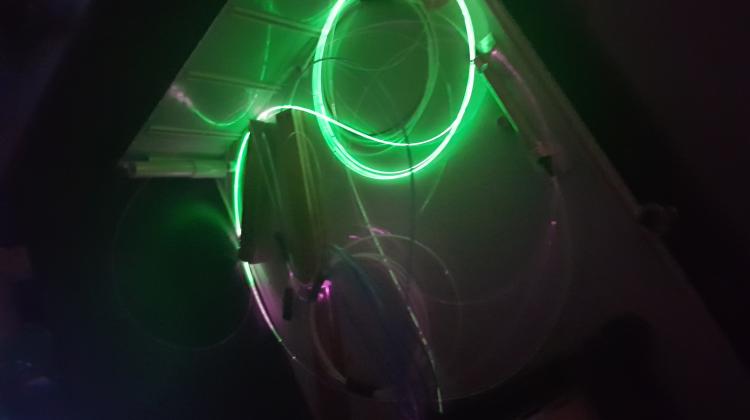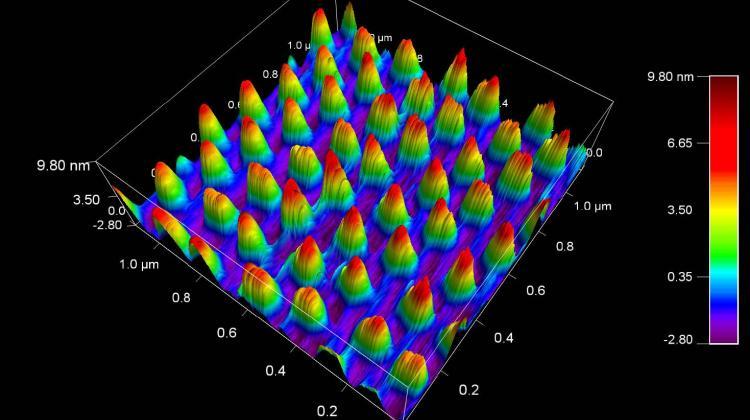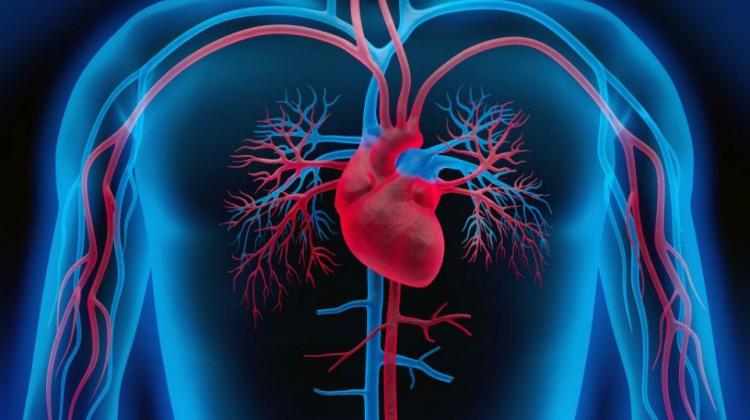Light can replace needle when measuring blood glucose
 Photo: Fotolia
Photo: Fotolia
Perhaps soon you will not need to prick a finger to measure the levels of glucose in the blood. Instead, you will shine a LED onto hand, and read the results on your smartphone. That is the purpose of the system iSULIN, developed by students of the Military University of Technology.
This solution will certainly please diabetics who must regularly measure blood glucose level. The recommended measurement frequency depends on the type of diabetes and the treatment method.
Conventional measurements carried out with blood glucose meters use chemical techniques, which require a blood sample. The Military University of Technology students started from the assumption that the level of glucose in the blood could be measured by other methods, e.g. using optical techniques. They developed one of the world\'s first systems for non-invasive measurement of glucose. "The user just puts a finger on our unique sensor installed, for example, in a watch belt, and reads the measured result on the screen of his smartphone" - said one of the members of the student team, Ernest Szczepaniak.
In his view, the solution removes the most troublesome aspects of diabetes, because - as he argued - one of the most unpleasant aspects of this disease is the necessity of frequent sticking a needle in a finger. The problem with this activity is not the infliction of pain to the patient, but rather attracting excessive interest of others, which diabetics usually want to avoid.
"Imagine a group of friends sitting at a table, talking, joking, when suddenly comes a time when one person has to measure the level of glucose in the blood, which requires a blood sample from the finger. Everyone present immediately focus their attention on this, which excessively and unnaturally increases the collective empathy factor. It can be very embarrassing for diabetics" - Szczepaniak told PAP. Meanwhile, thanks to the iSULIN, the situation could look differently - a diabetic could simply put a finger to his watch without attracting any attention, and in a moment check something on his phone. And that - in the opinion of students from the Military University of Technology - would suffice to check the level of glucose in the blood.
"LEDs illuminate a specific part of the epidermis. The electromagnetic wave - which is light - passes through the tissue, and we analyse the reflected signal. Based on this analysis, we can estimate some of the parameters of a human body - not just heart rate, blood pressure, but also the level of glucose in blood" - explained Szczepaniak. He also added that the measurement methodology is based on the Beer-Lambert law, according to which the amount of energy absorbed and dissipated by a particle depends directly on its concentration in the environment. "Thus, the properties of light which has passed through the tissue, depend on blood sugar levels" - he explained. He assured that his team carefully selected the wavelength for the properties glucose molecules that circulate in the human body, so the iSULIN system can determine its level with the appropriate precision.
The measuring device is small - is the size of a wrist watch, connected to smartphone via Bluetooth. User should install an application designed by the students in his smartphone. This application is designed to help the patient take care of his balanced diet and contact the medical staff. Students have already prepared a working prototype of the device, but before the system can be marketed, multiple tests are necessary for its certification. However, at this time - as they noted - devices of this type are not yet available.
The user who buys the system, will have to take measurements using traditional methods for some time and enter them into the device to properly calibrate it. The application will learn to match results to the specific person.
The team from the Military University of Technology presented the iSULIN project this year during the finals of the Polish edition of Imagine Cup. The solution won second place in the World Citizenship category. The team members are: Ernest Szczepaniak, Damian Frąszczak, Dawid Bugajewski and Krzysztof Jakubowski; the team’s supervisor is Maj Dr. Mariusz Chmielewski from the Institute of Computer and Information Systems, Military University of Technology.
PAP - Science and Scholarship in Poland, Ludwika Tomala
lt/ mki/ agt/ mrt/
tr. RL
Przed dodaniem komentarza prosimy o zapoznanie z Regulaminem forum serwisu Nauka w Polsce.

















